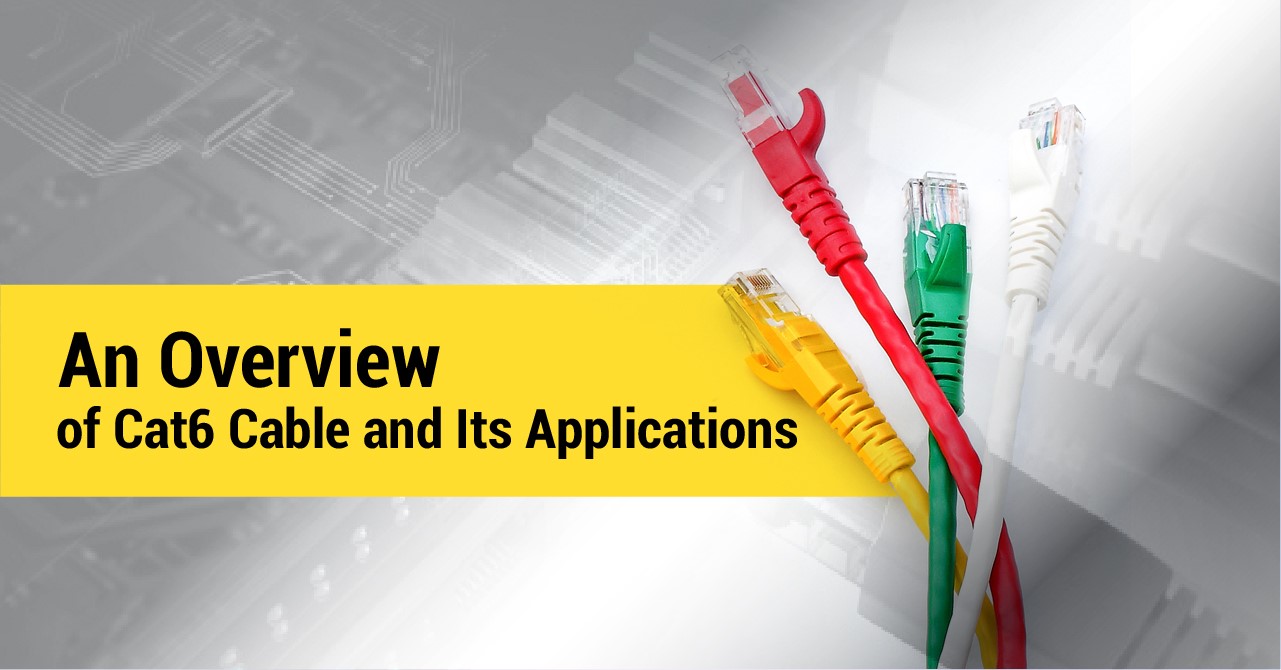


07
Jun
Pakistan Cables offers a wide range of high speed and high reliability LAN Cables. Our Cables meet the standard of ISO/IEC 11801, TIA 568C-2, BS EN/IEC 60332-1-2. All Structured Cabling supplied by Pakistan Cables is rigorously tested for electrical and dimensional properties. Cable performance in respect of conductor resistance, construction quality, dimensional consistency, and other parameters consistently matches published standards. Conformance to RoHS (Restriction of the use of Construction Hazardous Substances) is determined and confirmed, based on specific requirement.
Cat 6 cable is a 4 pair high performance cable that consists of twisted pair conductors, offering greater bandwidth and making it ideal for higher data transfer rates. Category 6 supports a frequency range of up to 250MHz and is designed for transmission speeds of up to 1 gigabit per second (Gigabit Ethernet). Cat6 offer improved performance and transmission reliability, especially in connection with the 1000BaseT and 1000BaseTX protocols.
This article will share an overview of Cat 6 cable and talk about its various network applications.
A Category 6 cable, more commonly known as Cat 6 Cable, is a type of twisted-pair cable used in Ethernet-based computer networks.
In 2002, it was jointly defined and specified by the Electronics Industries Association and Telecommunication Industries Association (EIA/TIA).
This cable is also fully backward compatible with previous versions, such as the Category 5/5e and Category 3 cabling standards.
Used for computer networks that are handling data transfer speed (DTR) of Mbps or Gbps, Cat 6 wiring cables have the following characteristics:
Consists of four pairs of copper wires, each utilized for data transmission
Offers a bandwidth of 250 MHz, speed up to 10 Gbps, and can be stretched to 100 meters in length
Enhanced crosstalk and attenuation protection than its predecessors’ cable versions.
CAT 6 uses the same RJ-45 standard connector as previous generations of Ethernet cables.
Supported by 10BaseT, 100Base-TX, 1000 Base-T, and 10 GBase-T Ethernet networks.

Unshielded Cat 6 cable (U/UTP or simply UTP) in which wires are twisted together to reduce noise and crosstalk.
Shielded Cat 6 cable has two popular variations: F/UTP and S/FTP.
In F/UTP (commonly denoted as FTP) an aluminum foil shield is applied collectively over the four pairs, whilst in S/FTP the aluminum foil shield is applied individually over each pair before a tinned copper braid collective shield. The shield(s) is to protect the cables from any electromagnetic interference and a basic comparison is below:
To put it simply, unshielded Cat 6 can be used for computers located indoors, and shielded Cat 6 cables are ideal for areas prone to high interference and for equipment located outdoors.

Solid Cat 6 cables use a single piece of copper for the electrical conductor, whereas stranded Cat 6 cables use a series of copper cables twisted together.
Stranded Cat 6 cables are more flexible, easily used, and moved around. In contrast, while solid Cat 6 cables aren’t pliable, they are long-lasting and excellent for permanent installation.
Due to high attenuation, stranded Cat 6 cables are used for shorter distances to minimize the risk of introducing even more attenuation.
These cables are also used for connecting workstation network interface cards (NICs) and outlets or between concentrators and patch panels, hubs, and other pack-mounted equipment.
Normally Cat 6 cables are the backbone of networks. They are used in conjunction with fiber optics cables as well.
Let’s look at some of the most common applications of Cat 6 Cables:
The difference between Cat 6 and Cat5e cables can come down to quality, speed, and cable prices in Pakistan.
Usually, a network will run at the speed of the slowest device, so if you mix the two, the network will operate at the speed of the device with the lowest specification.
Another notable difference between the two is that Cat 6 can perform up to 250MHz while Cat 5e can only operate up to 100MHz.
While Cat 5e cables are more economical and come in many colors to match up to the different environments, it is still not a match for Cat 6 cables in transmission speeds.
Pakistan Cables online e-store assures t you have robust quality cables, wires, and general wiring in Pakistan for all purposes.